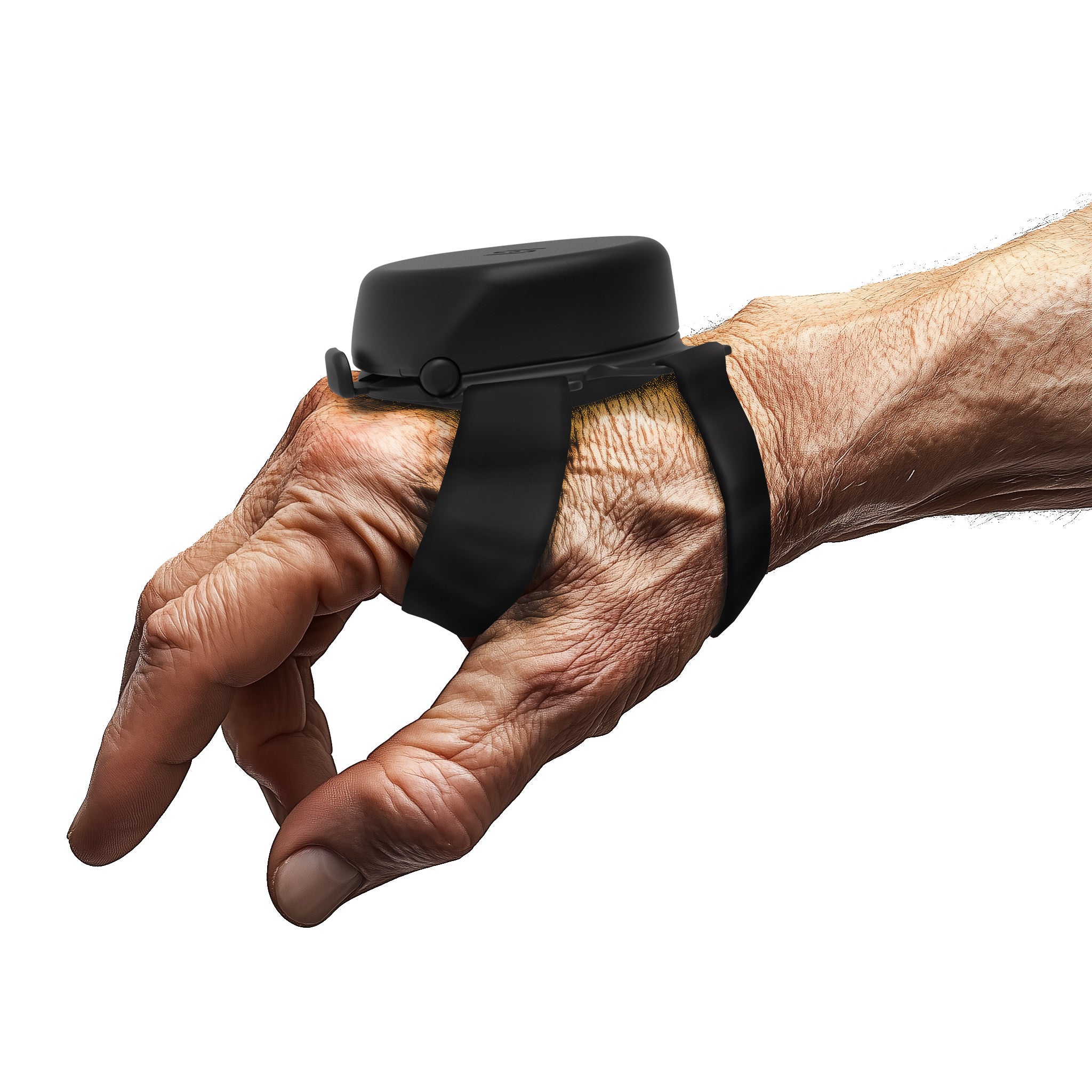Parkinson’s Disease (PD) is a progressive condition affecting movement (Mayo Clinic, 2018). The etiology indicates that this is a disorder related to the nervous system. Symptoms are such that they start gradually and may even be unnoticeable at first. Tremors are one of the most common symptoms when it comes to PD (Mayo Clinic, 2018).
However, tremors are not the only progressive condition caused by this disorder. PD also causes slowing down of movement, stiffness within the body as well as non-motor restrictions.
Signs and symptoms of PD may include tremors, slowed movement, rigid muscles, impaired posture and balance, loss of automatic movements, speech changes, and writing changes on the motor symptoms side. On the non-motor symptoms side, PD can cause loss of smell, pain, and dementia. These signs and symptoms can all vary in intensity depending on the progression of the condition.
The progression of PD is quite individualized and affects people differently. It is not necessary that all individuals with PD experience all the same symptoms at the same severity.
This can vary exceptionally as different individuals will experience neurodegeneration at different speeds. This progression is categorized into five stages of Parkinson's. These stages are known as the Hoehn and Yahr Scale, which is used as an international standard scale for rating and keeping track of PD advancement.
5 Stages of Parkinsonism Progression
Stages of Parkinson’s Disease
Stage 1
The earliest stage of Parkinson's, where mild to no functional symptoms may be present on one side of the body, known as unilateral involvement (Downward, 2017). Symptoms during this stage are mild enough that they will not interfere with daily life nor require medical attention as a physician will be unable to diagnose (Downward, 2017). Possible symptoms of stage 1 PD include slight changes in walking, posture, or facial expressions that may be noticed by close family and friends only, otherwise missed (Henderson, 2019).
Stage 2
The early disease stage of Parkinson's, where symptoms start appearing on both sides of the body, known as bilateral involvement. It is quite common that tremors and rigidity may become slightly worse, and some postural and daily tasks and walking difficulties may become quite noticeable. However, at this stage, the individual can still remain independent. Stage 2 Parkinson's disease can develop within months to years after stage 1.
Progressive symptoms include loss of facial expression, speech abnormalities such as slurring, softer voice, monotone voice, or increase and decrease in voice as you speak, decrease in blinking, and stiffness. If tremor symptoms are noticeable, diagnosis can be easy at stage 2 Parkinson's disease. However, if noticeable symptoms are such that they can be misinterpreted like slowness of movement, then it may be hard to diagnose as it may just seem like advancing age.
Stage 3
The mid-stage of Parkinson's, where the decrease of motor characteristics is particularly noticeable. Inability to make automatic, rapid, and involuntary adjustments will result in falls at this stage. Independent living is now staggered slightly, the individual will start to experience difficulties with everyday tasks and activities; however, can still perform them. Symptoms for stage 3 PD show impairment and therefore diagnosis is much easier.
Stage 4
The later stage of Parkinson's, where the symptom progression is severely limiting. Although the individual can stand without assistance, movement is greatly impaired. Stage 4 exclusively means that the individual will not be able to live an independent life any longer and will need assistance for daily tasks and living. Many individuals may now start using walkers or canes even for moving around.
Stage 5

The most advanced stage, where around-the-clock assistance is required for all aspects of daily living. Assistance is needed for rising from the bed or chair to standing or even turning. At this stage, PD can also cause delusions or hallucinations. Although symptoms are progressive, it is important to keep in mind that not all individuals will ultimately reach stage 5. Many individuals may have slower progression with fewer symptoms, or they may not have all the same symptoms as another individual. In general, progression and symptoms vary from individual to individual; therefore, some individuals may take a lot longer in one stage versus another or never reach past a certain stage.
It is important to keep in mind that treatments are available that will help at every stage of Parkinson's progression. But treatment will be better at alleviating symptoms if the diagnosis is done at an earlier stage rather than later.
Conclusion
Understanding the stages of Parkinson's disease is crucial for both patients and caregivers. This progressive condition, characterized by both motor and non-motor symptoms, varies significantly in its impact from one individual to another. Recognizing the symptoms early and seeking appropriate medical advice can significantly improve the management of the disease.
From the mild symptoms of stage 1 to the severe limitations of stage 5, each stage of Parkinson's disease presents unique challenges. However, with proper medical care, lifestyle adjustments, and support, individuals can manage their symptoms and maintain a better quality of life. Treatments and interventions are available at every stage, emphasizing the importance of early diagnosis and ongoing care.
If you or a loved one is facing Parkinson's disease, remember that you are not alone. Seek support from healthcare professionals, join support groups, and stay informed about the latest advancements in treatment and care. The journey with Parkinson's disease may be challenging, but with the right strategies and support, it is possible to navigate each stage effectively and maintain hope for the future.



